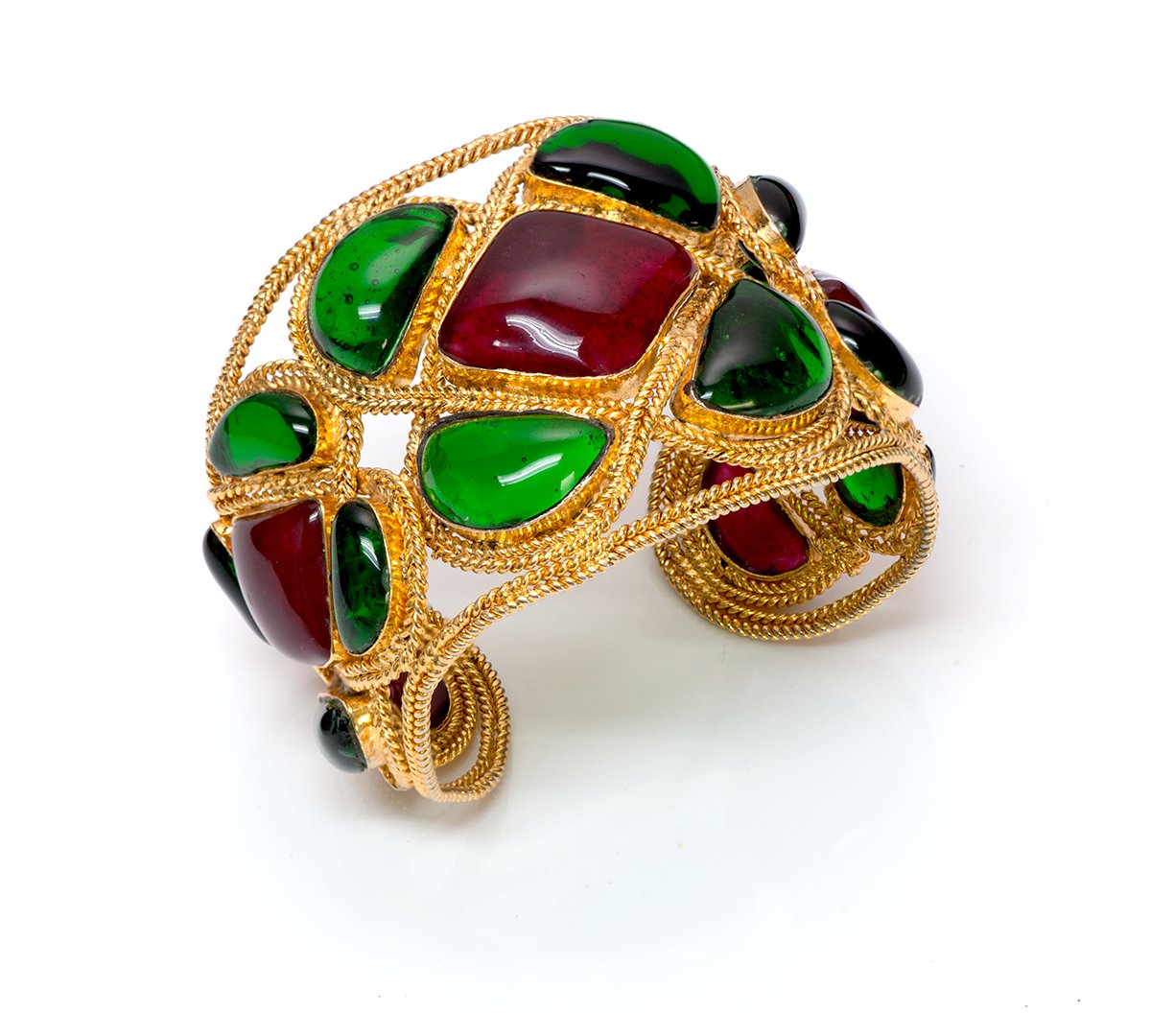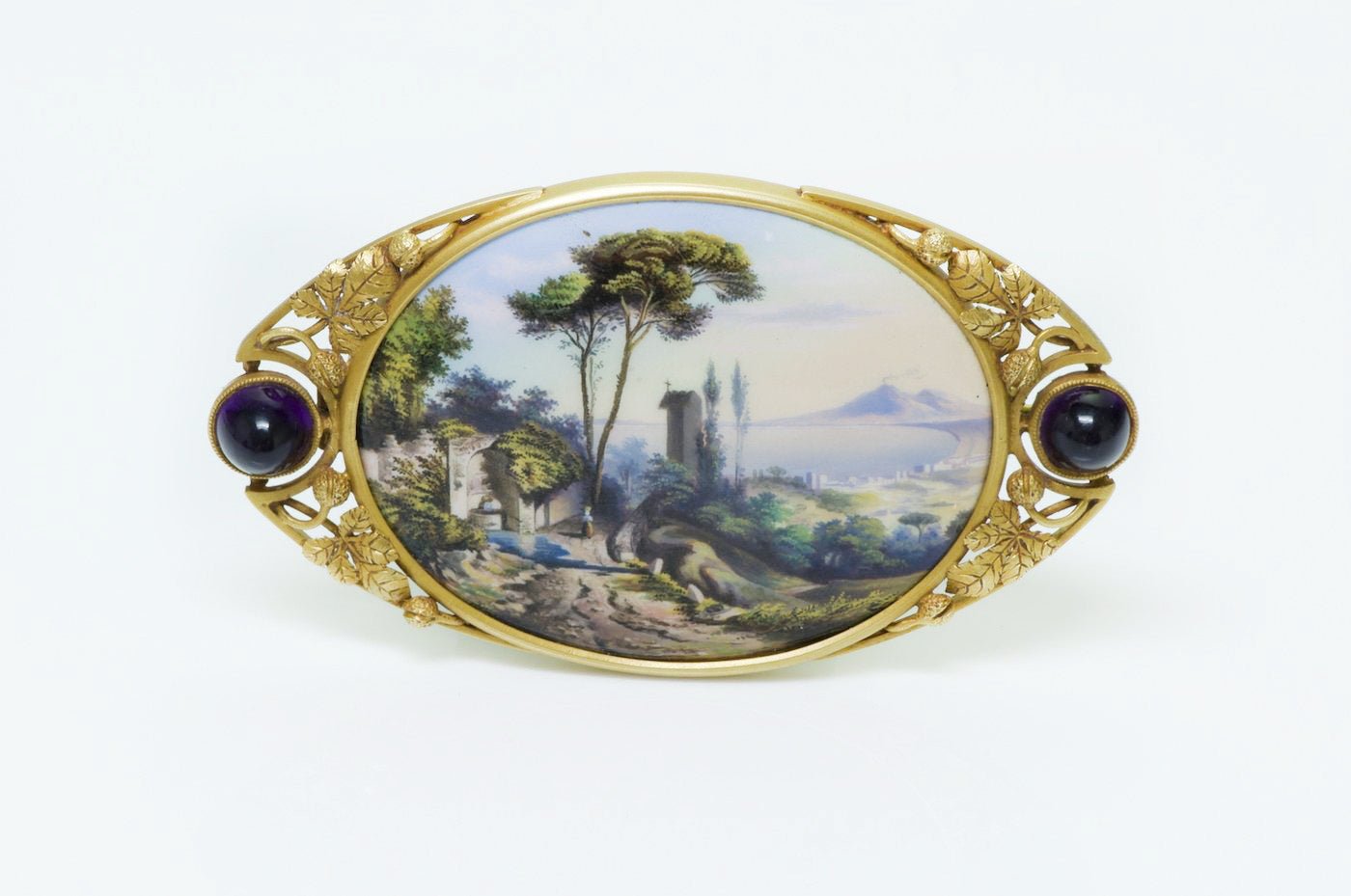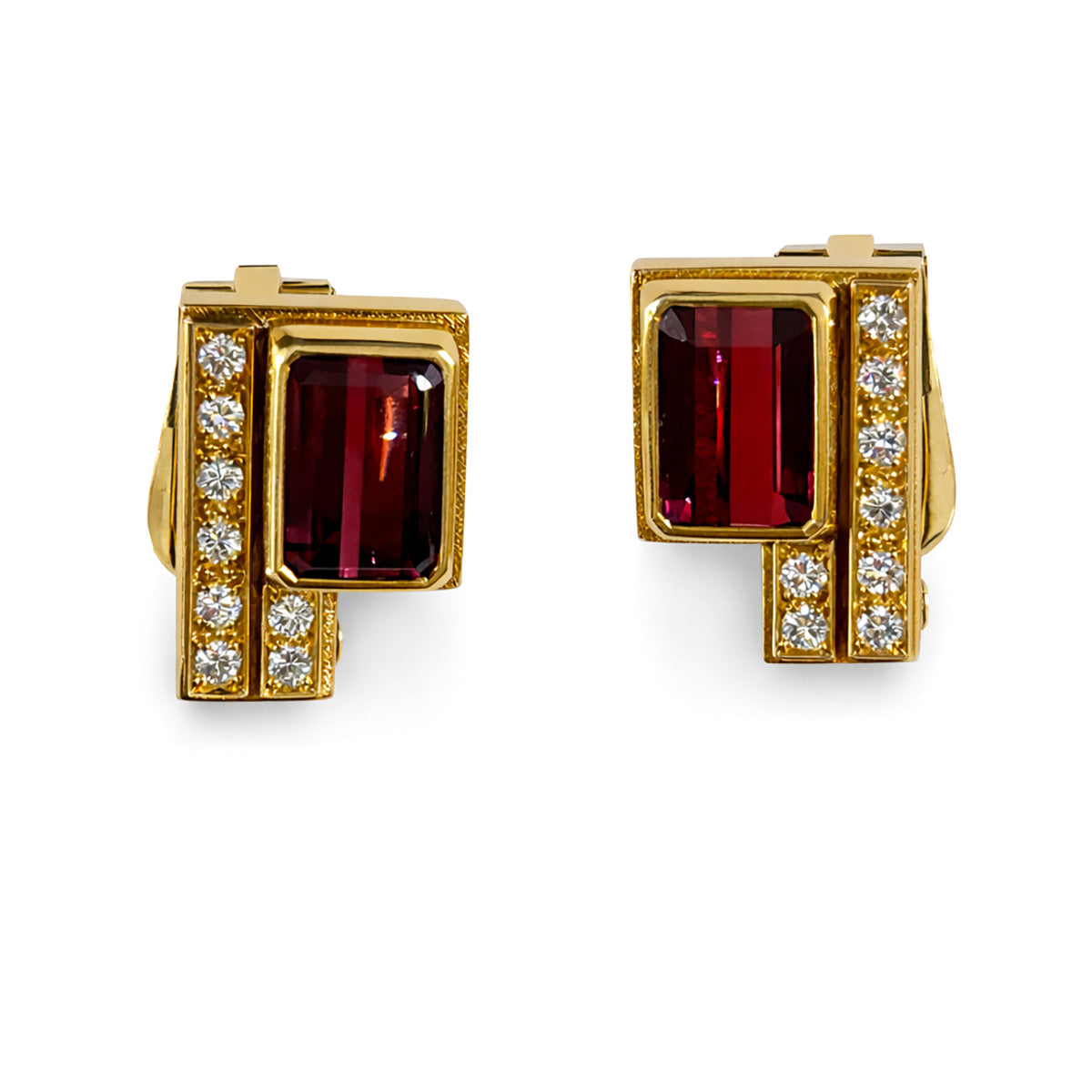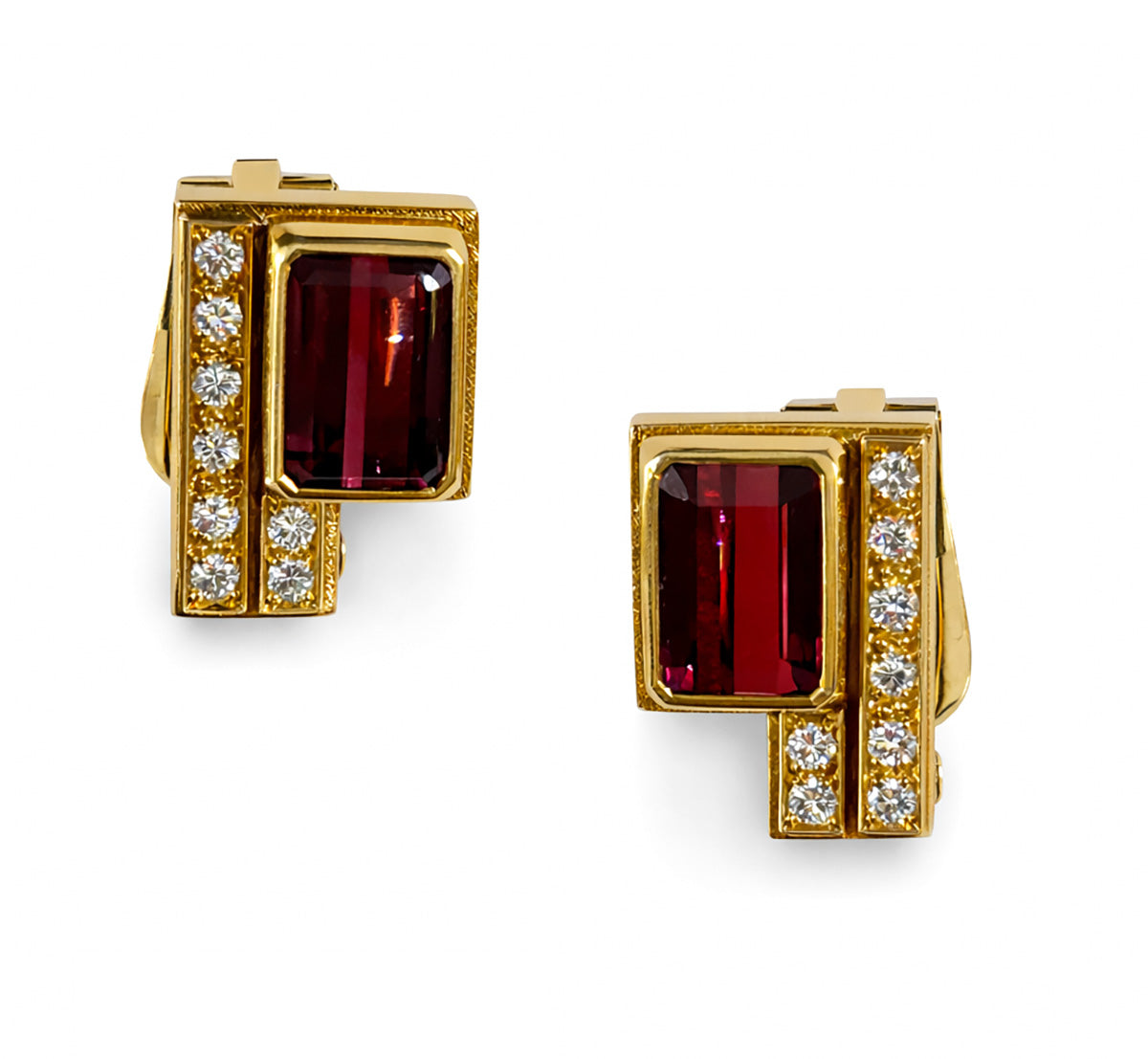
Mademoiselle Coco Chanel and Her Timeless Fashion
When you think of Chanel what is the first thing that comes to mind? Earrings? Bracelets? Pearls?
Mademoiselle Chanel transformed the fashion industry with her timeless designs that are still popular today. Chanel's passion for creating jewelry and accessories came from ancient inspiration as well as memories of visits to museums and galleries filled with glitter and exceptional pieces. During the early 1920's Chanel introduced luxurious costume jewelry which she herself wore in abundance. The simple shapes of her fabrics formed an ideal background to offset her costume jewelry.
Chanel Jewelry
Chanel has crafted an awe-worthy costume jewelry in gold tones for 100 years to date! Chanel began making costume jewelry in the 1920s. The term costume jewelry was coined because the pieces were made to fit well with a specific 'costume’ or outfit. Gold in Chanel’s collections is worn with everything and can adorn all that is put before it.
For Chanel, sparkling diamonds expressed her love for the stars and comets and the lights of the Champs-Elysees. The necklaces glitter on the decollete created with moire ribbons; and diadems, crescent-and star-shaped brooches, ribbons, and fringes sparkle in the hair. The faces of the elegant visitors are reflected in the display cases with indirect lighting that protected the fabulous collection. These gems cut in their natural state, with hidden mounts and clasps, were based on three motifs-knots, stars, and feathers-and could be separated and transformed; for example, a necklace can be changed into three bracelets and a hat brooch. It was not the jewels themselves that were modern, hinting as they did of the past; it was the way Chanel wore them.
Chanel's Designes
When Chanel staged her comeback in 1954 , she offered, in addition to tweed suits, all the sorts of accessories she herself wore every day. Unlike other designers for whom accessories completed a silhouette or furthered a decorative effect, Chanel made individual pieces that were exercises in devising the single perfect item, be it a flower, a hair bow, or a shoe. She did not show a batch of new pieces every season; instead, from time to time she added a new item to her working vocabulary. Chanel jewelry of the 1950's and 1960's, produced by Gripoix and by a new collaborator, goldsmith Robert Grossens, included copies of pieces she had been seen wearing for decades.
After Chanel's death in 1971, her house lumbered along acquiring a genteel patina. When Karl Lagerfeld signed on as a creative director in 1983, he not only changed the House of Chanel, he changed all of fashion. The Lagerfeld-for-Chanel high-wire act is most dazzling when it pits the classic against hip, adding another dimension to a story already abounding in paradox. Under Lagerfeld's direction the reach of Chanel has extended even further, becoming the latest logo coveted and worshiped by teenagers and hip-hop celebrities alike.
Who was Coco Chanel?
Coco Chanel was the couturiere extraordinare for the most of the twentieth century. Attractive, ambitious, and a genius for self inventions, she became one of the first couturiers to be celebrated as much for her glamorous persona as for her impeccable designs. Raised in an orphanage and virtually self-taught, Chanel, starting from a small shop, quickly built a major fashion house with branches in Paris, Deauville, Biarritz, and London.



















